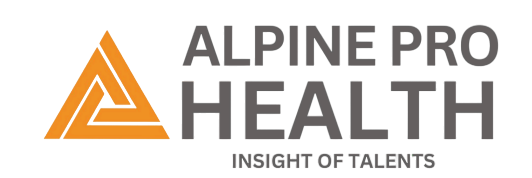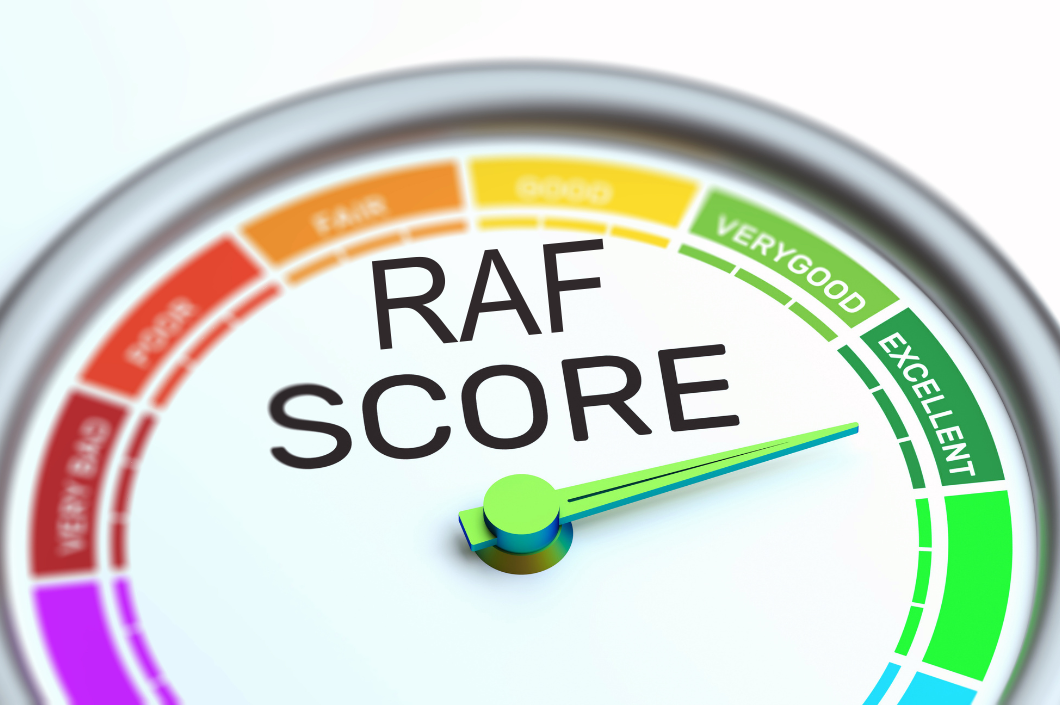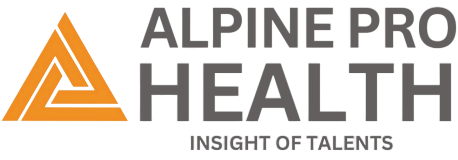Introduction
In the era of value-based care, accurate risk adjustment coding is vital to ensure appropriate reimbursement and better patient outcomes. One of the most critical elements in this process is the Risk Adjustment Factor (RAF) score, which reflects the health status of a patient based on documented diagnosis. As payer models grow more complex, Medical coding software has emerged as a powerful tool to streamline risk adjustment workflows, enhance coding precision, and ultimately improve RAF scores.
In this article, we’ll explore how advanced Clinical Coding Software plays a crucial role in boosting RAF accuracy and compliance, leading to fair reimbursement and improved care delivery.
What Is RAF Scoring in Risk Adjustment?
The Risk Adjustment Factor (RAF) score is used in Medicare Advantage and other risk-based payment models to predict future healthcare costs. It is calculated based on:
- Demographic factors (age, gender, etc.)
- Diagnosed chronic conditions documented using Hierarchical Condition Category (HCC) codes
Higher RAF scores indicate higher expected costs of care, which translates to increased payments to payers and providers responsible for those patients.
However, errors or omissions in coding can significantly affect RAF accuracy, leading to underpayments or regulatory audits. This is where Medical Coding software comes into play.
Challenges in Manual Risk Adjustment Coding
Despite trained coders and auditors, manual coding presents several challenges:
- Missed or undocumented HCCs
- Lack of real-time coding validation
- Inconsistent documentation across EHRs
- Time-consuming chart reviews
- Difficulty in capturing suspect conditions or unsupported diagnoses
These gaps can lead to inaccurate RAF scores, ultimately affecting provider revenue and compliance.
How Medical Coding Software Enhances RAF Scoring?
1. Automated HCC Identification
Modern coding software uses AI and NLP (Natural Language Processing) to scan clinical documentation and automatically identify suspect HCCs. This automation drastically reduces the chances of missing chronic conditions and ensures comprehensive diagnosis capture.
2. Real-Time Coding Suggestions
The best medical coding platforms offer real-time coding assistance, alerting coders to incomplete documentation, unsupported diagnoses, or potential HCC opportunities. This helps coders assign the correct ICD-10 codes aligned with the CMS-HCC model.
3. Retrospective Chart Reviews Made Easy
Medical coding software enables bulk chart reviews with intelligent sorting of high-risk patients or conditions. It flags documentation gaps and supports retrospective coding to recover missed RAF opportunities before submission deadlines.
4. Concurrent & Prospective Coding Support
Some advanced platforms support concurrent and prospective reviews, helping providers capture HCCs during the patient encounter. This ensures timely documentation, prevents future denials, and supports real-time RAF optimization.
5. Audit Readiness and Compliance
Leading software tools maintain a complete audit trail and offer compliance checks based on CMS, HHS-OIG, and health plan guidelines. This ensures your organization is always audit-ready and avoids RADV-related penalties.
Benefits of Using Medical Coding Software for Risk Adjustment
- Improved RAF Accuracy
By capturing all valid HCCs and linking them to proper documentation. - Reduced Revenue Leakage
Ensuring appropriate reimbursements based on patient complexity. - Increased Coding Efficiency
Faster turnaround times and better coder productivity with automation. - Better Care Coordination
Identifying high-risk patients early for care management. - Regulatory Compliance
Staying aligned with CMS and payer rules to avoid audit issues.
Key Features to Look for in Risk Adjustment Coding Software
If you’re considering investing in a platform, look for features like:
- AI-based suspect condition detection
- HCC mapping with ICD-10 validation
- Integration with EHR and claims data
- Concurrent coding support during encounters
- Reporting dashboards for RAF score tracking
- Automated RADV audit flagging
Final Thoughts
As the healthcare landscape continues its shift toward value-based Reimbursement models, the accuracy of RAF scores has become more critical than ever.
At Alpine Pro Health, our advanced medical coding software powered by AI and backed by certified coding professionals streamlines risk adjustment processes to ensure that all clinically supported diagnoses are accurately captured and submitted promptly. We specialize in delivering high-precision RAF scoring, retrospective and prospective reviews, and comprehensive risk adjustment services. Our solutions are designed to maximize reimbursement, ensure audit readiness, and maintain full compliance.


